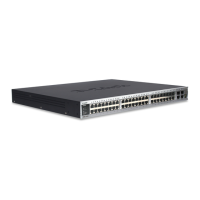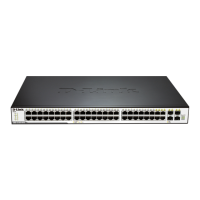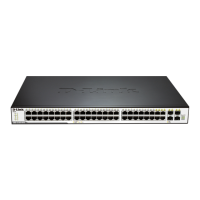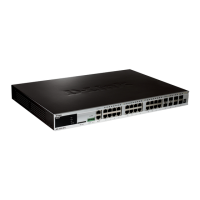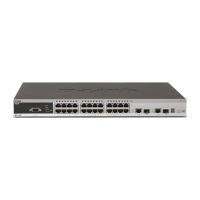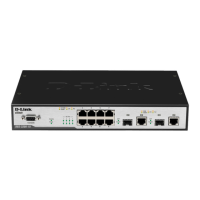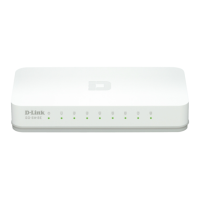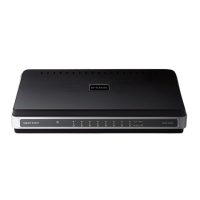25.1.2 SNMP Protocol Versions
This software supports these SNMP versions:
SNMPv1: the first formal version of the Simple Network Management Protocol, which is
defined in RFC1157.
SNMPv2C: The community-based Administrative Framework for SNMPv2, an
Experimental Internet Protocol defined in RFC1901.
SNMPv3: Through authenticating and encrypting packets, some security features can
be provided as follows:
1. Ensuring that the data are not tampered during transmission.
2. Ensuring that the data sends from a valid data source.
3. Encrypting packets to ensure the data confidentiality.
Both the SNMPv1 and SNMPv2C adopt a community-based framework of security. The
managers‘ operations on MIB are confined by the host IP addresses and Community string.
SNMPv2C adds a GetBulk operating mechanism and is able to get more detailed error
information for management stations. The GetBulk can obtain all the information from the
table at a time or obtain a great volume of data, to reduce the request-response times. The
SNMPv2C improved error-processing capability includes expanded error codes that
distinguish different kinds of error conditions; these conditions are only reported through a
single error code in SNMPv1. Now, the error type can be distinguished through the error
code. Because the management workstation of SNMPv1 and the same of SNMPv2C can
exist simultaneously, so an SNMP agent must be able to recognize both SNMPv1 and
SNMPv2C messages, and return correct version‘s messages.
25.1.3 SNMP Management Operations
In the interaction information between the NMS and Agent in SNMP, six types of operations
are defined:
1. Get-request operation: the NMS gets one or more parameter values from the Agent.
2. Get-next-request operation: the NMS gets next parameter value of one or more
parameters from the Agent.
3. Get-bulk operation: the NMS gets a bulk of parameter values from the Agent.
4. Set-request operation: the NMS sets one or more parameter values for the Agent.
5. Get-response operation: the Agent returns one or more parameter values, as the
response of the Agent to any of the above 3 operations for the NMS.
6. Trap operation: the Agent proactively sends messages to notify events occurring to the
NMS.
The first four packets are sent from the NMS to the Agent, and the last two packets are sent
from the Agent to the NMS (Note: the SNMPv1 does not support the Get-bulk operation).
These operations are described in the following figure:
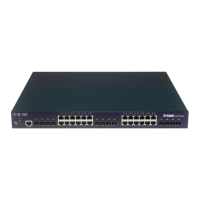
